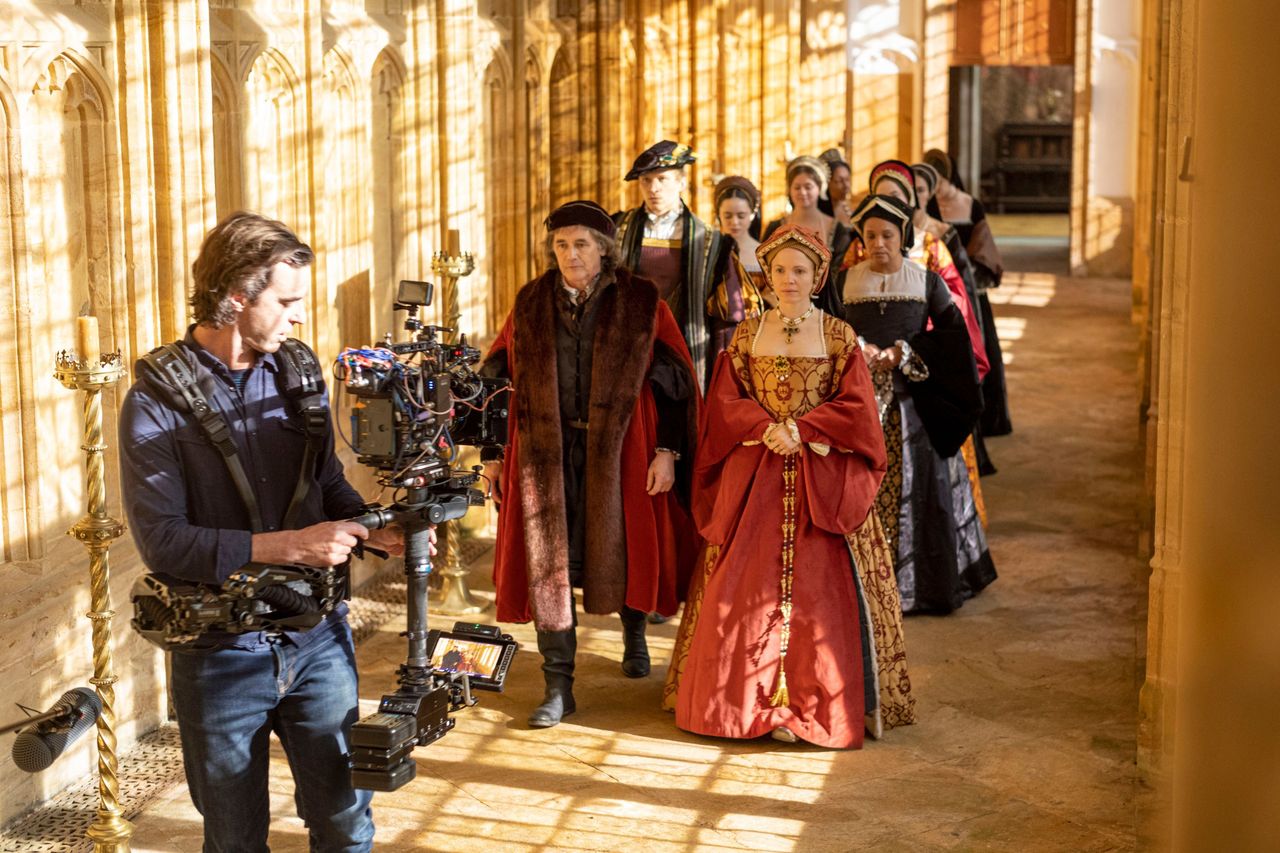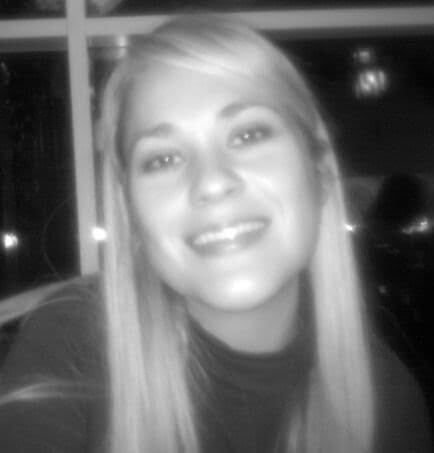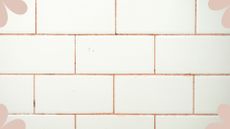Where is Wolf Hall: The Mirror and The Light filmed? Locations featured in the BBC drama
There's some beautiful architecture on show in the Wolf Hall: The Mirror and The Light


It's been a long wait, but Wolf Hall: The Mirror and The Light is finally here - and the filming locations are just as incredible as the acting.
It's taken nearly a decade to return to our screens, and we'd all but lost hope - but dreams have been realised and Wolf Hall: The Mirror and the Light is on our screens. While the 2015 series covered the first two novels of Hilary Mantel's trilogy, Wolf Hall, and Bring Up the Bodies, the latest series covers the final novel, The Mirror & the Light. The show opens with Thomas Cromwell navigating the Tudor court in the aftermath of the 1536 execution of Anne Boleyn, and the Henry VIII about to marry Jane Seymour in his ongoing mission to produce a male heir.
While the acting is truly engrossing, it's not the only thing that has audiences talking - everyone wants to find out where the series was filmed. We love finding out locations featured in our favourite shows too, having revealed where ITV's Until I Kill You filmed, and where Channel 5 rags-to-riches drama The Hardacres filmed. Read on to find out everything you need to know about the stunning backdrop of Wolf Hall.
Where is Wolf Hall: The Mirror and The Light filmed?
Hampton Court Palace, London
Hampton Court Palace was begun by Cardinal Wolsey in the early 16th century, and was so loved by Henry VIII, he took all his six wives there. When William III and Mary II (1689-1702) took the throne in 1689, they had Sir Christopher Wren build a new baroque palace, before the royals left altogether in 1737.
Queen Victoria opened the palace to the public in 1838, and visitors have flocked to the site ever since. After purchasing an entry ticket, the public can see parts of the palace and gardens, and there's a number of different events and exhibitions going on throughout the year.
Speaking about filming there, Mark Rylance said, "To play Thomas Cromwell in the Great Hall at Hampton Court where he lived and worked is very spooky. You get a shiver up your spine walking in the places where they walked and lived. It’s interesting to see this fantastic palace of power, and now it’s empty and all the politicians are in Westminster or at Downing Street. How all that power fades, how it all just dissolves and reappears in other forms. These remarkable buildings are in many ways a bigger star of the programme than we are."
A post shared by Historic Royal Palaces (@historicroyalpalaces)
A photo posted by on
Chastleton House, Oxfordshire
The National Trust owned Chastleton House was built between 1607 and 1612 by prosperous wool merchant, Walter Jones. His family maintained ownership of the house over the next 400 years, but found themselves increasingly impoverished. Irene Whitmore-Jones had ownership of the house in the 1930s and 1940s, and it was in a serious state of disrepair when taken on by the National Trust in 1991.
Sign up for the woman&home newsletter
Sign up to our free daily email for the latest royal and entertainment news, interesting opinion, expert advice on styling and beauty trends, and no-nonsense guides to the health and wellness questions you want answered.
In the series, Chastleton’s stone courtyard stands in for Putney, where young Cromwell is attacked by his father. The interior of the building was used for the Seymour family home, Wolf Hall, where Henry falls in love with Jane. The location was chosen to represent the Seymours not being as wealthy as some would've expected the wife of Henry VIII to come from, as it has a slightly run down feel.
Broughton Castle, Oxfordshire
Found near Banbury, Broughton Castle is the home of Martin Fiennes and his wife, the 22nd Lord and Lady Saye and Sele. Work began on the property in 1306, with more added in future centuries - most of what remains dates from the 1550's. The same family has owned the site since 1447, and it opens to the public on a small number of afternoons throughout the year.
Director and executive producer Peter Kosminsky, has spoken about recreating the world of Henry VIII with historic properties available in the UK. He says, "Many of the locations where Henry and his Court lived their lives no longer exist. The challenge for us was to create spaces in buildings that were authentic in look and feel, that could help us evoke the sense of what life must have been like."
Berkeley Castle, Gloucestershire
The majestic Berkeley Castle is certainly no stranger to being used as a filming location. The location has played host to filming The Spanish Princess, The White Princess and Poldark, among many others. The castle is open at certain times of the year and is currently closed to visitors until Spring, 2025. Locals spotted cast and crew filming at the site in February, 2024, although the castle staff were tight lipped when approached for comment.
Executive producer Colin Callender opened up about the decision to film entirely on location ,and the difficulties this presented. He says, "The whole series was shot on location and because we were shooting through a couple of seasons, there were times when the weather was freezing. So while the crew were chilled to the bone, the actors were all wrapped up in big fur coats or the sort of warm clothes that people would have worn at the time.
"There was no central heating, no carpets, it was all brickwork. So not only do you get the glorious visuals of the real Tudor world because we shot everything on location, but the feel of the locations, the light, the weather, the sound of footsteps on the stone floors, help create this very authentic mood that permeates the whole series."
A post shared by The Kitchen Garden (@kitchen_garden_at_berkeley_)
A photo posted by on
Lacock Abbey, Wiltshire
Lacock Abbey probably needs no introduction, as the location is so recognisable from the monumental number of times it's appeared on television. Starting life as a nunnery way back in the 1200s, it later became a Tudor family home. In 1835 the first photographic negative was captured in the Abbey, giving it a further place in the history books. Also National Trust owned, Lacock Abbey is open for most of the year.
The Abbey is mostly recognisable for being a big part of the Harry Potter filming spots, appearing in most of the films. In the nearby village of Lacock, you can also find the buildings used for James and Lily Potter's house, and Horace Slughorn's residence when Dumbledore and Harry try and persuade him to return to his Hogwarts teaching post.
Great Chatfield Manor, Wiltshire
Elsewhere in Wiltshire, yet another National Trust property takes centre stage in Wolf Hall. Great Chatfield Manor is used as Cromwell family home in the series, which was built between 1465 and 1480 by a clothing trader. Found near the town of Melksham in Wiltshire, the manor is currently closed to the public until March, 2025. When it does reopen to visitors, you are welcome to visit most of the house and look at the room doubling as Cromwell’s study in the series.
Montacute House, Somerset
Montacute House represents Greenwich Palace in the series. Described as "a masterpiece of Elizabethan Renaissance architecture and design, with towering walls of glass, glowing ham stone and surrounding garden," the first and second floors of the house are currently closed, while the ground floor and gardens are open as usual.
Actress Harriet Walter plays Lady Margaret Pole in the show. She has also spoken about what filming was like, saying, "What we’re so lucky with in this country is that there are so many places you can go to that just breathe the time you’re playing, so you don’t have to construct much, it’s all there for your imagination. There’s something very inspirational about knowing that this is where certain people stood that you might be playing, or a King visited this building. That’s all very helpful as an actor because you just need everything that your imagination can feed on."
Elsewhere in Somerset, Wells was used for a lot of the Wolf Hall street scenes, and the crew were given permission to film in the city's cathedral library - something that has never taken place before.
A post shared by Montacute House NT (@montacute_nt)
A photo posted by on
Penshurst Place, Kent
Penshurst Place is a14th century Manor House and its Gardens. It was once actually owned by Henry VIII, who left it to his son, King Edward VI. It was given to Sir William Sidney in 1552, and the Sidney family have maintained ownership of the property for more than 470 years since. visitors are welcome at the site for some times during the year, however, it is currently closed for the winter.
Henry VIII used Penshurst as his hunting lodge, and it's believed he could've stayed there while secretly liaising with Anne Boleyn when she was at Hever Castle, prior to their marriage. It was also rumoured that was involved with Anne’s younger sister, Mary, and some of their encounters took place at Penshurst.
Dover Castle, Kent
Dover Castle stood in for the Tower of London in the show, where Anne Boleyn is executed. The actual Tower of London was ruled out as a filming location due to the volume of modern building seen in the background, which would've been difficult to remove during the editing process.
Dover Castle has maintained a position of strategic importance throughout history, with King Henry II starting work on the present castle in the 1180s. Over the next 800 years its buildings and defences were adapted to meet the changing needs of warfare, with an underground network of tunnels present that enabled the garrison to move around safely.

Lucy is a multi-award nominated writer and blogger with seven years’ experience writing about entertainment, parenting and family life. Lucy worked as a freelance writer and journalist at the likes of PS and moms.com, before joining GoodtoKnow as an entertainment writer, and then as news editor. The pull to return to the world of television was strong, and she was delighted to take a position at woman&home to once again watch the best shows out there, and tell you why you should watch them too.
-
 What is pink mould and how can you get rid of it safely? Experts share advice
What is pink mould and how can you get rid of it safely? Experts share adviceWhile you may not have even heard of pink mould, it's relatively common and important to know how to tackle it quickly
By Emily Smith Published
-
 The White Company's Hypoallergenic Mattress Topper is surprisingly affordable and a dream to sleep on
The White Company's Hypoallergenic Mattress Topper is surprisingly affordable and a dream to sleep onThe The White Company Hypoallergenic Comfort Topper offers a gentle, supportive layer to your sleep set-up for a surprisingly affordable price.
By Laura Honey Published